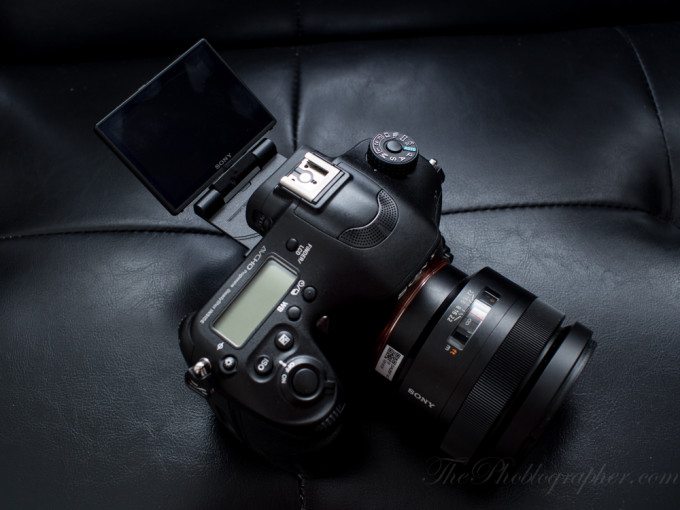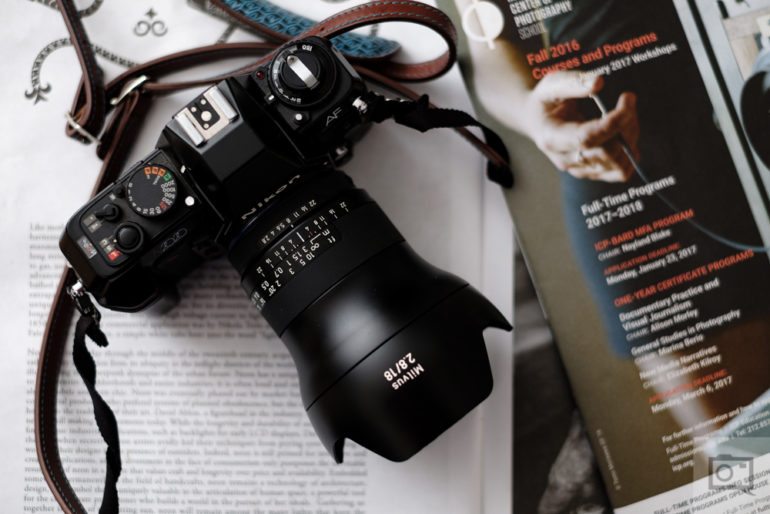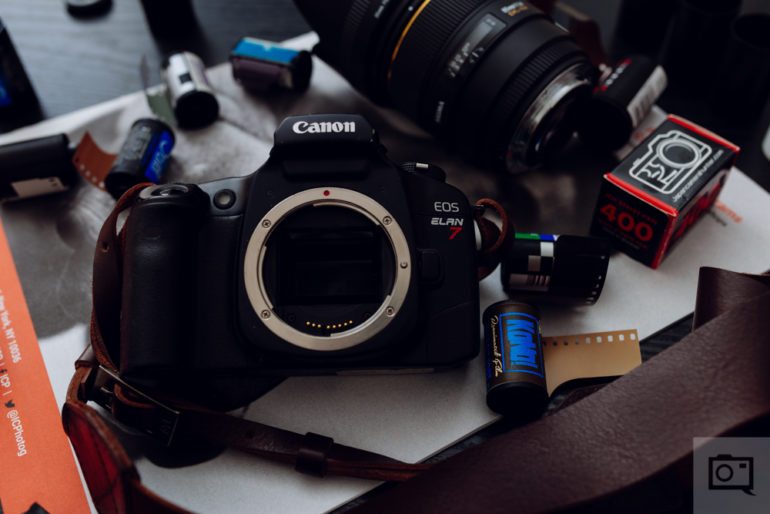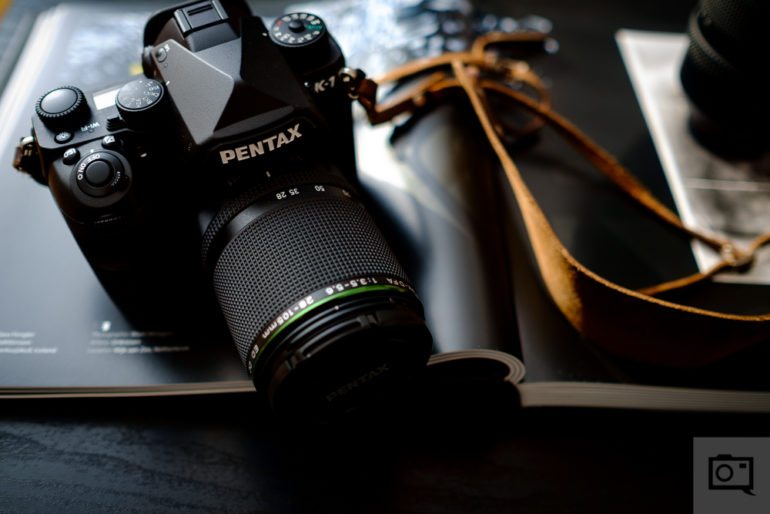Last Updated on 01/28/2017 by Chris Gampat
If you look at the surviving DSLR manufacturers out there, you’ve got Canon, Nikon, Sony (Minolta), and Pentax. All of the brands have made big advancements and changes in the years since digital took over film, but none probably as much as Sony. In fact, using a camera like a Canon 1v, Canon EOS Elan 7, or others are very straightforward and compatible with most of the newer lenses. Sony lets you do the same thing with the Minolta camera bodies, but if you want to utilize the SSM technology in some of the lenses then you probably need a Minolta a9 with SSM support.
Years ago, there was a petition asking for the support to be integrated into the camera. While digital was still heavily in use, there were photographers who hadn’t or didn’t want to upgrade to the Sony a900–the company’s 24MP full frame DSLR at the time which in hindsight, I don’t think got enough credit. Instead, they wanted to stick with their Minolta a9 cameras which were able to use a whole load of cool features. Sony is kind of known for doing this though: when the a99 came out only certain lenses could use the 102 AF points.
These days, I find it pretty tough to find many Minolta camera shooters; though if I got my hands on a Minolta A9 with SSM support I’d be in heaven because I’d have a 35mm film system with lenses that can work on my Sony a7 using an adapter of some sort while also using the same flash system. The latter part of that statement, keep in mind, requires an adapter since moving from the Minolta Hot Shoe to the Sony Multi-Interface shoe.
Alternatively, you could also try to score a Minolta a7 camera that has SSM support built in. If you go around YouTube researching that camera you’ll see that lots of photographers loved it but it wasn’t always their main body. There are a few others that also have SSM support; but I’d focus on the a7 and a9 because of the feature set.
All this, by the way, doesn’t mean that you can’t shoot with the lenses, but you just don’t have absolutely full support. And before you go on complaining about this, just know that Sony isn’t alone here. Nikon’s G lenses don’t work on all the film bodies: your absolute best bet is to get something like the Nikon F6 just in case and despite the fact that it still holds its value very well.
Luckily for Canon users, you only have to worry about a lens being EOS compatible or not. There’s EF and EF-S lenses with Canon being the only real EF-S lens maker. Every one else uses the EF mount designed for the full frame cameras.
Pentax has much less of these issues; as does anything with a Leica M mount. This post is just a quick tidbit in case you’re looking at your current system and considering some sort of film camera to work flawlessly in conjunction with your digital camera system.






